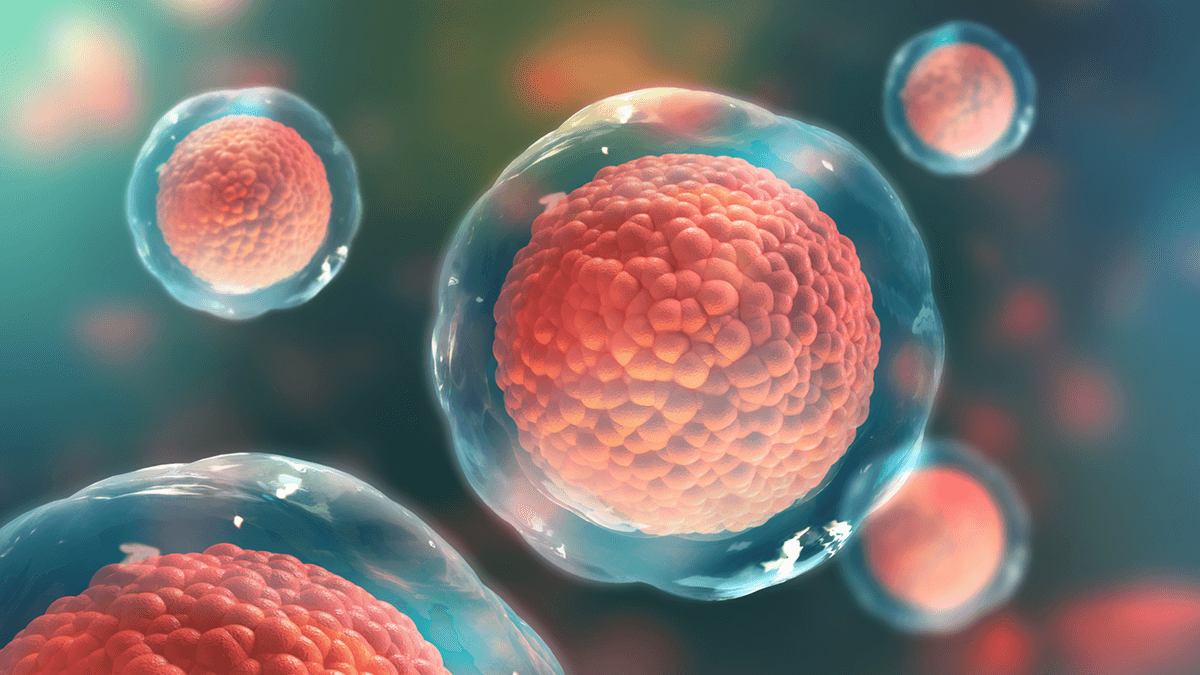Living Programmable Organisms Developed in the Lab

In an impressive breakthrough, scientists have built living, programmable robots with frog cells (see first research summary below). "These are novel living machines," says Joshua Bongard, research co-leader at University of Vermont. "They're neither a traditional robot nor a known species of animal. It's a new class of artifact: a living, programmable organism."
The breakthrough has been widely covered by the mainstream press and media. “See the world's first living, self-healing robots,” reads the headline of a video published by CNN. “Created using stem cells from frogs, these self-healing robots can travel inside human bodies and survive for weeks without food.” A Mashable headline reads, “In true Frankenstein fashion, researchers create living machines from frog embryos.”
"We can imagine many useful applications of these living robots that other machines can't do," added Michael Levin, research co-leader at Tufts University, "like searching out nasty compounds or radioactive contamination, gathering microplastic in the oceans, traveling in arteries to scrape out plaque."
Those who hate exercise will be happy to hear that scientists at the University of Michigan have found that Sestrin, a naturally occurring protein in the body, mimicked the benefits of exercise in flies and mice. Also, researchers at Massachusetts General Hospital are developing a new 'Coolsculpting' technology that can selectively reduce fat almost anywhere in the body using a safe, injectable ice solution. I am one of those who prefer reading and watching TV to exercising, but I recommend to myself (and to you) to continue exercising.
Living Programmable Robots Built from Frog Cells
Scientists led by University of Vermont and Tufts University have repurposed living frog cells and assembled them into entirely new life-forms. These tiny “xenobots,” described in a research paper published in PNAS, can move toward a target and heal themselves after being cut.
The scientists used an evolutionary algorithm running on a supercomputer to create thousands of candidate designs for the new life-forms. Then the scientists transferred the computer designs into life. First they gathered and separated frog stem cells. Then they used microscopic tools to cut the cells and join them into a close approximation of the designs specified by the computer designs.
Engineered Cells Deliver Drugs to Specific Targets
Physicists at McMaster University have developed a process to modify red blood cells so that they can be used to distribute drugs throughout the body, target infections, or treat catastrophic diseases such as cancer or Alzheimer's.
The modified red blood cells are described in a research paper published in Advanced Biosystems. They are designed to circulate in the body for several weeks at a time, seeking out specific targets including bacteria, tumors, or organs.
The physicists are persuaded that this technology could solve a major problem with current drug delivery methods that use synthetic molecules and cannot reach specific targets, or are rejected by the body.
Blood Clotting Protein Promotes Cancer
Scientists at Ohio State University, Arthur G. James Cancer Hospital and Richard J. Solove Research Institute, have found that a clotting protein and blood platelets can promote cancer progression and suppress immune responses to cancer.
In a research paper published in Science Translational Medicine, the scientists show that thrombin, a clotting protein in the blood, causes blood platelets to release a protein that is known for promoting disease. Associated diseases include breast, prostate, colorectal, and other cancers. The protein may also suppress immune-system responses to cancer, and lead to the failure of cancer immunotherapies.
The scientists are persuaded that this knowledge should open new avenues for cancer therapy.
Programmable Changes of Stem Cells to Bone Cells
Researchers at Helmholtz-Zentrum Geesthacht (HZG), Berlin-Brandenburg Centre for Regenerative Therapies, Freien Universität Berlin, and Helmholtz Virtual Institute for Multifunctional Biomaterials, have found that specifically programmed materials can, under specific conditions, encourage stem cells to transform into bone cells.
To do this, the researchers used a shape-memory polymer that acts like an artificial muscle. A study published in PNAS reports that, after seeding the material with stem cells, it is possible to encourage the stem cells to turn themselves into bone cells.
We Age According to Behavior-Modifiable Ageotype
Stanford scientists have categorized how humans age into different classes dubbed "ageotypes." As described in a study published in Nature Medicine, the scientists have determined that people generally age along certain biological pathways in the body: metabolic, immune, hepatic (liver) and nephrotic (kidney).
An interesting result is that not everyone in the study showed an increase in ageotype markers over time. In some people, their markers decreased, at least for a short period, when they changed their behavior.
More Articles
Don't miss a beat! In our Pulse Newsletter, Thrivous curates the most important news on health science and human enhancement, so you can stay informed without wasting time on hype and trivia. It's part of the free Thrivous newsletter. Subscribe now to receive email about human enhancement, nootropics, and geroprotectors, as well as company news and deals.
Read more articles at Thrivous, the human enhancement company. You can browse recent articles in Thrivous Views. See other Pulse Newsletter articles. Or check out an article below.
-
One Treatment to Cure All Cancers?
The scary coronavirus epidemic that started in China is all over the news. Although earlier coronavirus outbreaks initially caused global ...
-
Maximize the Power of Caffeine with Occasional Use
We have seen many studies that show how caffeine may enhance cognitive and physical performance. Some supplements provide the greatest improvement ...


